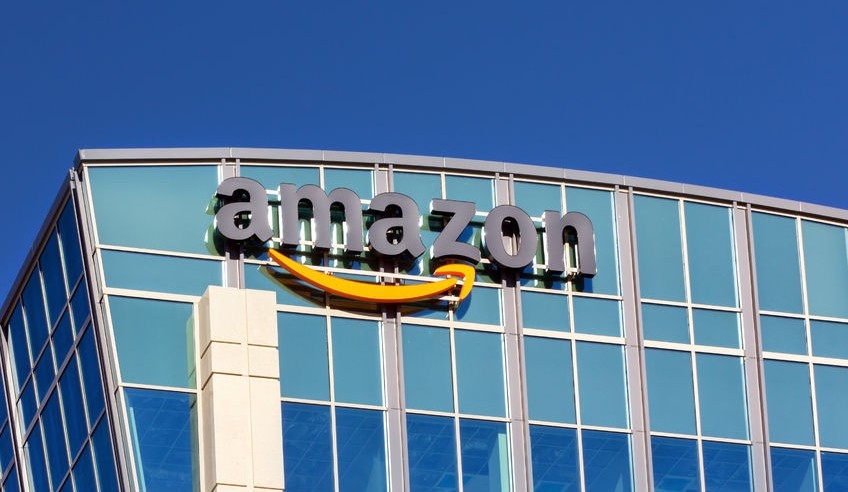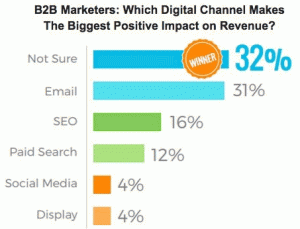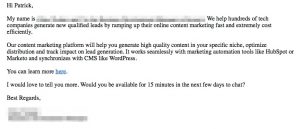— July 18, 2017
Last week, Amazon held the latest edition of Prime Day, an annual event it puts on for its Prime subscribers. Like most things the eCommerce giant does, it’s something digital marketers and e-tail leaders should keep a close eye on. With the holiday shopping season looming, now’s the perfect time to take some lessons from Amazon’s self-made summer holiday, re-evaluate the state of your own eCommerce team, and contact your eCommerce recruiters to start making any necessary adjustments.
A Look Back at Prime Day 3

This was Amazon’s third Prime Day. After a shaky start for the Day of Deals, 2017’s rendition went relatively smoothly. This year’s Prime Day “ran longer, sold more items, and attracted more Prime Members than any day yet” and is estimated to have driven about $ 2 billion in sales; a 20% YoY increase.
After Cyber ‘Monday’ (which is quickly expanding to include more and more adjacent days), Prime Day has cemented itself as one of the most important and successful events for eCommerce through the entire year.
There are important lesson to be learned from Prime Day’s success that other businesses that rely heavily on eComm should pay close attention to (or consider an eCommerce executive search to find someone who can). Maybe there’s something you can adapt into your own strategy for the rest of the year.
It’s Not All About Immediate Sales
Prime Day gets the popularity and attention it receives because of the deals it offers customers.
Many popular goods are heavily discounted–even to the point where they’re being sold at cost or for a loss. And it’s not just the flashy toys and gadgets you’ll often find on sale during the holiday season; the deals extend to practical products like groceries and paper towels and bed sheets.
How does Amazon justify the low prices?
They’re focused on playing the long game and maximizing Lifetime Value; not just squeezing every immediate dollar they can get from a visitor.
Consider, for instance, the value of their subscription service alone. Prime Day is only accessible to Amazon Prime subscribers; it serves as marketing tool to draw in new customers and keep them coming back to renew their membership year after year. A membership costs just under $ 100 annually, and the company is estimated to have around 80 million Prime members. I’ll let you do the math, but it’s not hard to see how that might ease the pain that slashing prices would have to your bottom line.
It’s easy for eCommerce programs to get fixated on immediate ROI and day-to-day sales. But if you have an analytically-driven, long-term plan (perhaps developed by a recent hire from an eCommerce executive search), it’s very possible to bring more long-term revenue.
Paving the Way for Future Conversion
Furthermore, the company cleverly uses the event as a way to gain market share and brand recognition for its proprietary product lines. For instance, selling new Kindles at heavy discounts helps establish the device in its already-dominant spot as the leading e-reader. Fire TVs also sold cheaply and well. And this year’s most popular Prime Day purchase, the Echo Dot, is home to Alexa–Amazon’s hands free, voice-powered personal assistant (think along the lines of Siri and Cortana).
Sales of such products now will build brand loyalty and drive future sales of such products. But much more importantly, all of these products sold for dirt cheap also happen to conveniently connect users back to Amazon’s eCommerce platform. Users will never be more than a moment away from making future orders through Amazon; whether it’s a new streaming movie, an e-book, or a birdfeeder.
Getting Just the Right Data, at Just the Right Time
Finally, it’s important to note that Prime Day is strategically timed for early-mid July. That might seem like an arbitrary time for an artificial holiday, but there’s a method to the madness.
Many businesses that depend on an annual holiday boom are in the process of settling on their strategy and marketing messages for the remaining months of the year. Amazon is doing the same.
The difference between the two is that Amazon now has a massive surge of recent, relevant data it can use to make its decisions on (that is no doubt keeping its big data staffing very busy right now!). It knows just how consumers today are behaving online, what they want, which experiences convert best, and much more.
While many other businesses will have to guess or use old information, Amazon gets to prepare confidently and act decisively as it heads into the busiest and most chaotic part of the year for eCommerce.
Did you get any great deals on Prime Day? Is there anything Amazon could be doing differently? What Prime Day tactics would you bring into your own eCommerce strategy, and how can eCommerce recruiters help? We’d love to hear your thoughts below!
Digital & Social Articles on Business 2 Community
(48)
Report Post






